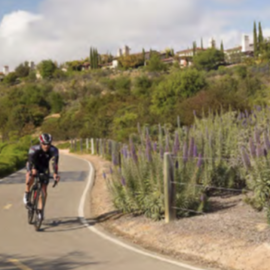
Creating a community with equitable accessibility and connectivity between places is an overall priority for the City. People of all abilities and means need to be able to move about freely in their city and have choices for how they get around. To achieve this, physical improvements in the city must provide a range of travel options including new opportunities and improved networks for walking, bicycling, and transit, suited to all residents, employees and visitors. In addition to connecting streets, developing sidewalks, and building trails, there must also be connections between similar land uses and essential destinations. Neighborhoods should not be gated or separated from each other, and should be well connected to commercial centers, arts, culture and entertainment venues, and employment districts. Walkable communities and communities with varied transportation options are not only easier to get around, but they also foster a greater sense of community, provide the opportunity to incorporate more activity into everyday life, encourage fewer car trips, provide numerous public safety benefits, and support the local business environment and boost its appeal to visitors by increasing accessibility. The outcomes of improved accessibility and connectivity are increased social, health, environmental and economic benefits to the community.
